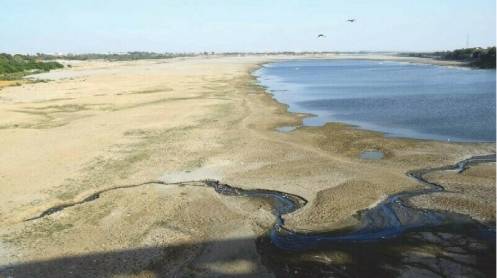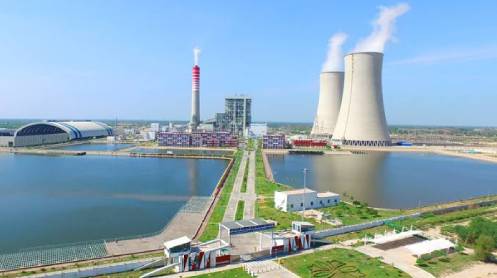ISLAMABAD: As the Kharif cropping season approaches, Pakistan is grappling with an unprecedented water crisis, with irrigation experts warning of severe consequences for agricultural output.
Officials report that dam reservoirs are nearly empty, river flows have dropped significantly, and reduced snowfall in mountainous regions offers little hope for replenishment. Given these alarming conditions, the Indus River System Authority (IRSA) has decided to allocate water strictly for drinking purposes throughout April, with a review planned in May.
This exceptional measure marks a departure from the usual seasonal water allocation process, as current shortfalls at rim stations stand at 51%, worsening to over 60% at provincial canal heads.
The IRSA Advisory Committee (IAC), led by Chairman Sahibzada Mohammad Shabbir, assessed the bleak outlook for summer 2025, factoring in below-normal rainfall and rising temperatures forecasted by the Pakistan Meteorological Department (PMD). The committee noted that winter snowfall in Indus and Jhelum catchments measured only 26.8 inches—31% below the normal average—further exacerbating the crisis.
Both Sindh and Punjab have provisionally agreed to the restricted water allocation plan for April, prioritizing early-season demand, though Sindh has raised objections over the controversial three-tier water distribution formula. If adjustments are made per Sindh’s demand, shortages may exceed 55% for the month.
The Kharif season, which runs from April to September, is critical for crops such as rice, sugarcane, cotton, and maize. However, with water scarcity reaching alarming levels, the agricultural sector faces significant challenges in the months ahead.





